
Have you ever let a bunch of mint wilt in your fridge because the supermarket made you buy a lot when you only needed a little? Or been in the middle of cooking dinner and needed a lemon but there was none in your fruit bowl?
Imagine having a thriving garden where you could harvest fresh veggies and herbs when you wanted them. It’s no secret that picking a ripe tomato or cucumber that you’ve grown yourself is an incredibly satisfying feeling.
If you have always wanted to try growing food, but never knew where to start, then these five tips are for you. Plus, check out our Beginners in Backyards live online workshops to learn from the experts! Starts June 27, 2020.
1. Here’s how to choose what to grow
Start by growing the herbs and vegetables you cook with every week. If you love a bit of parsley or basil on top of your pasta, grow it in a pot next to the back door. If you enjoy salad, start by planting lettuce and rocket. Weekly outdoor markets are a good place to buy seedlings that are in season in your local area.
Hint: Mint, thyme, basil and rosemary are herbs that grow really easily from cuttings. If you know anyone who already has these in their garden, ask them to chop a little off for you. Put the cutting in a glass of water and leave for several weeks, until it grows roots. Then simply plant in a pot or in the garden.
2. Add sun and water
The two most important ingredients for your garden are sun and water. Veggies and herbs need lots of sun, so find the sunniest spot in your garden or balcony for them.
Over-watering kills plants more than under-watering so wait until the soil dries out and then water again. On hot summer days that probably means you’ll be watering every day, but at other times you might only have to water them every 2-3 days.
Hint: The best time to water is early in the morning, before it gets too hot. This gives the water a chance to soak in before it evaporates.
3. Don’t forget the flowers
 Grow flowers among your veggies to attract bees. While they’re flitting from plant to plant collecting pollen, they will pollinate your veggies at the same. The result? Bigger and tastier veggies for you. Plants that do better with bees around are tomatoes, cucumbers, pumpkins, and zucchini.
Grow flowers among your veggies to attract bees. While they’re flitting from plant to plant collecting pollen, they will pollinate your veggies at the same. The result? Bigger and tastier veggies for you. Plants that do better with bees around are tomatoes, cucumbers, pumpkins, and zucchini.
Some plants that bees love are lavender, nasturtiums, and borage.
Hint: Let your herbs go to seed at the end of the season. This means your herbs will start flowering and is a signal you need to replace the plant. But if you leave it for a few weeks longer you’ll give your bees something to eat.
4. How to keep your plants free of slugs and bugs
First time gardeners often get worried about the appearance of bugs on their plants. If there’s only a few, don’t worry about it too much. However, you should probably take action if your plant is covered in them. To get rid of slimy garden pests, just pick them off one by one with your fingers, or use your hose to gently spray them off.
Snugs and snails can demolish your new seedlings in a night. Check if there are any in your garden by going outside after dark and inspecting plants with a torch. Collect them in a bucket and feed to the neighbourhood chickens.
Scatter broken eggshells or coffee grounds around plants to deter slugs and snails from coming back.
Hint: If aphids are going berserk in your garden, catch ladybugs and release them on your plants. The ladybugs will eat the aphids and keep their population under control.
5. An up-cycled garden

It’s easy to start a garden with things you can find around your house. Instead of buying pots straightaway, get creative. Use ice-cream containers or plastic milk cartons cut in half with holes punched in the bottom, or even an old saucepan or tea kettle.
You can use old stockings to tie tomato stems to the trellis, or slip it over unpicked fruit on vines or trees to protect it from birds.
Hint: Make small seedling pots out of newspaper. When your seedling is ready to be planted, just put the entire pot in the soil and it will break down over time.
Grow your gardening skills and get your garden ready for Spring! Join Green Connect’s Beginners in Backyards live online workshops beginning on Saturday, June 27 2020.
Missed one or more of our live workshops? Don’t worry you can watch a replay or join us for the rest of the series. Send an email to enquiries@green-connect.com.au


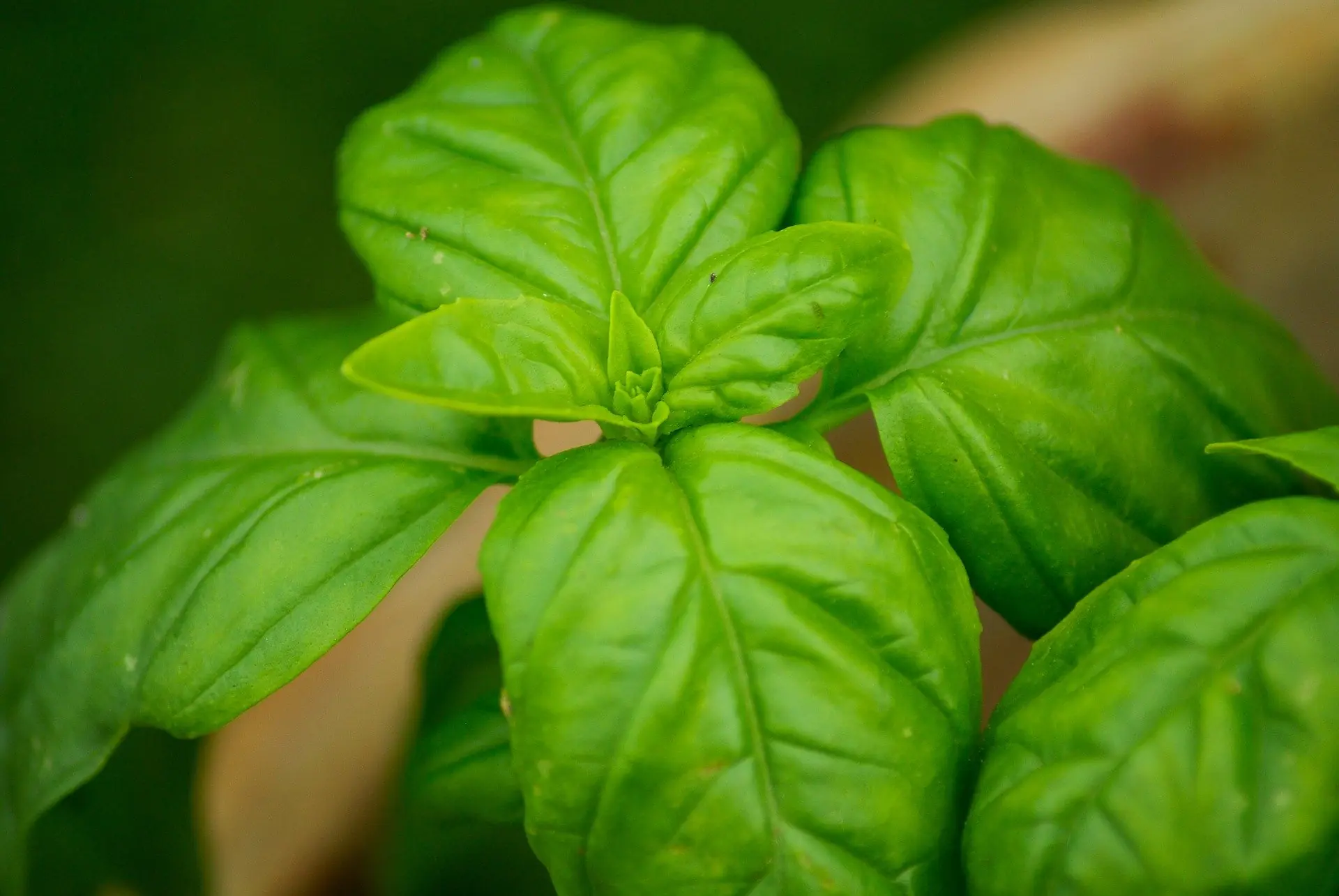
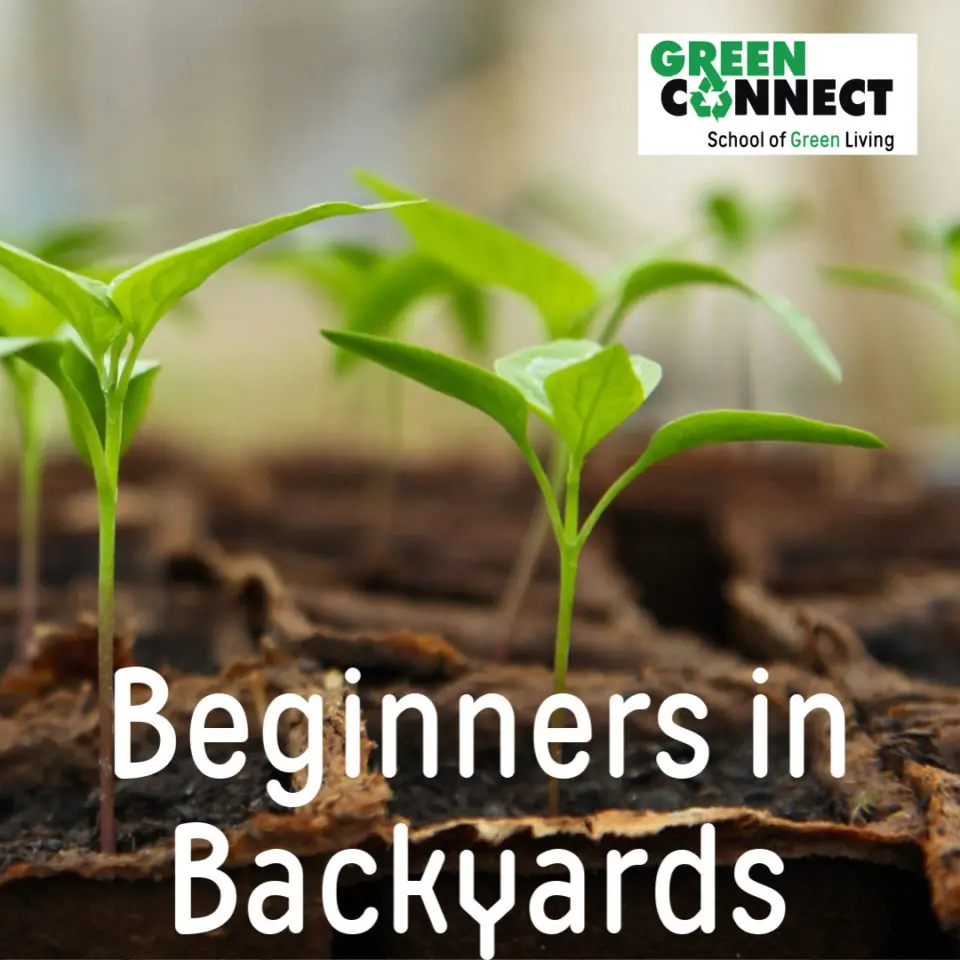

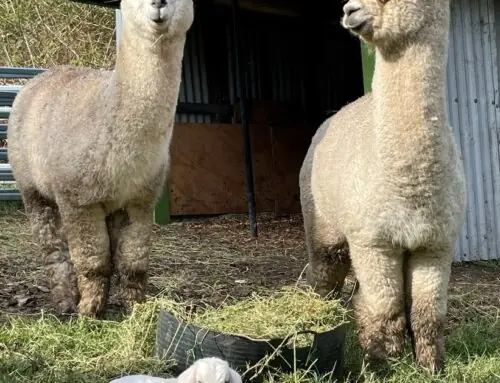
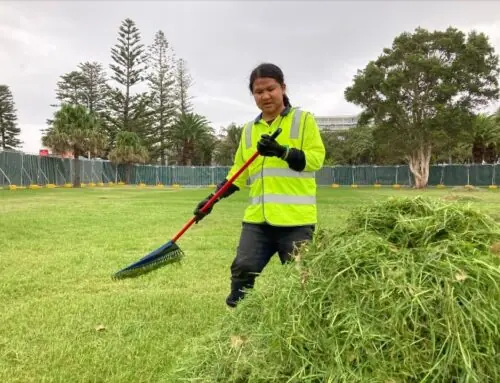
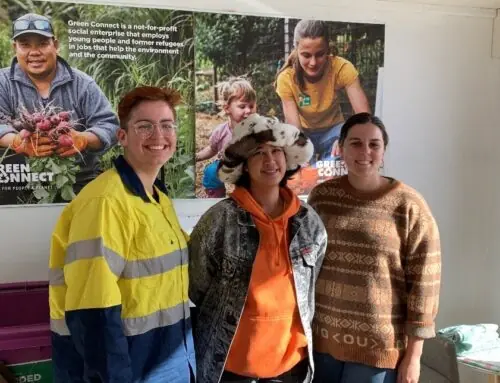

Leave A Comment
You must be logged in to post a comment.